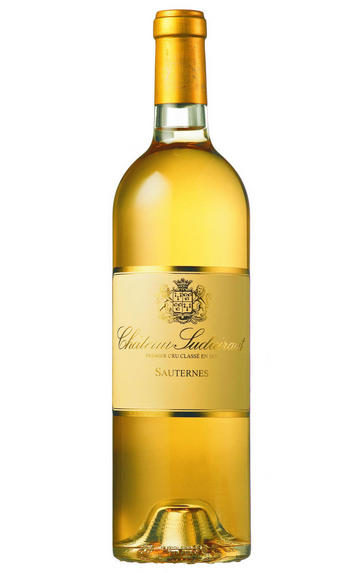
1995 Château Suduiraut, Sauternes, Bordeaux
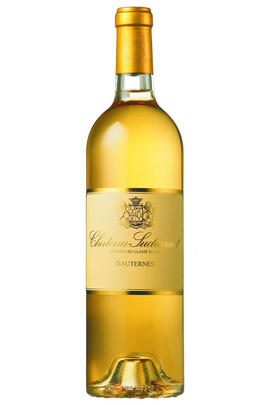
Critics reviews
James Suckling - winespectator.com, April 1998
About this WINE
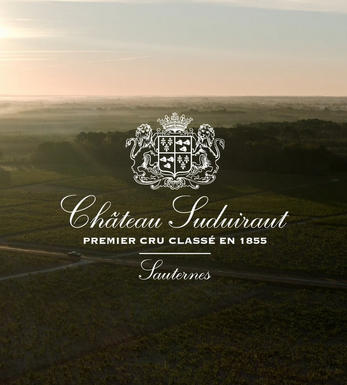
Chateau Suduiraut
Château Suduiraut is located in the commune of Preignac and its vineyards border those of d`Yquem. The property has a long history stretching back to the 15th century. Only a solitary wing remains of the original château, as it was destroyed by the Duc d`Eperon in the 16th century. The present château was built in the 17th century by the Suduiraut family, who also commissioned a spectacular garden designed by Le Nôtre. Suduiraut was classified as a 1er Cru Classé in 1855.
Since 1992 Suduiraut has been owned by AXA which also owns Château Pichon-Longueville in Pauillac and Château Petit-Village in Pomerol.
Suduiraut's 90 hectares of vineyards are planted with 80% Sémillon and 20% Sauvignon Blanc. The grapes are harvested in several "tries" and are fermented in 50-hectolitre stainless steel tanks. The wine is then aged in small barriques (33% new) for 24 months.
Suduiraut's winemaker Pierre Pascaud has produced a series of outstanding wines which are powerful, complex and beautifully harmonious. The wines show at their best with at least 10 years of bottle age.
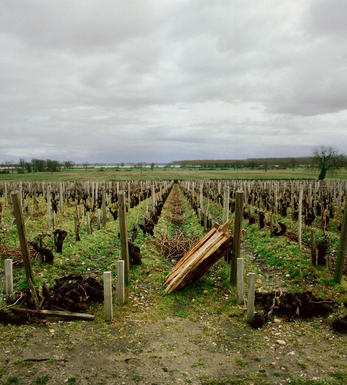
Sauternes
Sauternes is where arguably the world's finest sweet white wines are produced. The Sauternes appellation actually consists of five communes: Barsac, Preignac, Bommes, Fargues and Sauternes itself. Barsac is also an appellation in its own right.
Sauternes literally has an atmosphere different from any of the other major communes. At the southern tip of the Graves,close to the Garonne, not only is the land hillier and decidedly more bucolic but it also enjoys a specific mesoclimate of evening autumn mists which linger until well into the following day, unless burnt off by warm sunshine.
The mists are caused by the cool, spring-fed waters of the Ciron River meeting the warmer tidal Garonne, and the result is an ideal environment for the growth of the mould botrytis cinerea. When its arrival is felicitous, it feeds on the water in the ripe grapes, dehydrating them and leaving sweet, shriveled fruit.Other regions in Bordeaux (ie Cadillac, Loupiac) produce wines in a similar style from the same method, but none achieve the profundity and complexity of Sauternes.
Recommended Châteaux : Ch. D'Yquem, Ch. Climens (Barsac), Ch. Suduiraut, Ch. Rieussec, Sigalas- Rabaud, Ch. Coutet (Barsac), Ch. de Fargues, Ch. Lafaurie-Peyraguey, Ch. Doisy-Védrines (Barsac), Chateau Partarrieu, La Tour Blanche
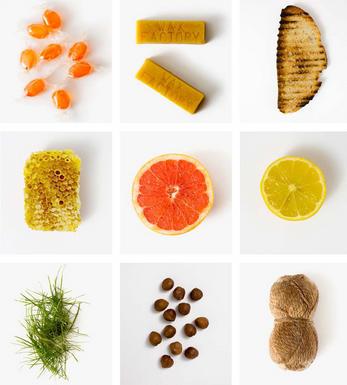
Sémillon
The main grape for Sauternes and particularly successfully grown in Australia's Hunter Valley. Hunter Valley Sémillon is one of Australia’s iconic and unique wines, totally unlike any wine produced elsewhere in the world from the same grape variety.
In youth the wines are quite citrusy and fresh, but are generally perceived to gain hugely in complexity as they age and are deemed to be best drunk when at least 5 years old, frequently lasting for 10 or more years. Unusually for Australia, the alcohol levels rarely exceed 11.5%.
In Bordeaux it is the most widely planted white grape and is blended with Sauvignon Blanc to produce the great long-lived dry whites of Graves as well as the great sweet wines of Sauternes. It is high in alcohol and extract and relatively low in aroma and acidity. Its thin skin makes it very susceptible to botrytis which is prerequisite for the making of Sauternes. It responds well to oak ageing and, while having a lightly lemony aroma when young develops lanolin flavours which some describe as "waxy", as well as a rich, creamy, intense, texture and a deep golden colour.


Buying options
Add to wishlist
Description
Gorgeous Sauternes. Very ripe in style, with dried apricot and honey character. Medium- to full-bodied, sweet and spicy, with a dried apricot finish. Drink now or hold.
James Suckling - winespectator.com, April 1998
wine at a glance
Delivery and quality guarantee